Multiplex Sequencing: The Fast and Cost Effective Method
The cost and speed of completing a genome sequencing run is typically the driving force behind any research requiring next generation sequencing. Most organizations have project or departmental budgets that they need to adhere to, which makes sequencing pricing a very sensitive topic. Researchers need the sequencing data but often don’t have an adequate budget to afford it.
A common myth within the genetic sequencing field is that the more samples you have, the higher the sequencing cost and the longer the turnaround time will be. For the researcher, this is fortunately untrue thanks to a NGS method called Multiplex Sequencing. With multiplex sequencing, researchers benefit from high density sequencing that allows them to process many samples within a single run on a high-throughput instrument. Additionally, not all samples need to be of the same organism either. As long as the genome size is within the capacity of the instrument, a researcher will be able to perform the sequencing run.
More Cost Effective at Scale
Multiplexing provides the unique ability for researchers to reduce their per sample costs dramatically. The reality is that the reagent kits are a one time cost. For example, if I have a 2 samples that I want sequenced at 50x coverage and the genome size is 6 Mbases, the reagent kit alone will cost approximately $798. However, with multiplexing we are able to increase the utilization of the reagent kit and actually sequence 24 samples at the same specifications. In this scenario, multiplexing would reduce the per sample price by 12x.
Batch Throughput: A Major Time Saver
The other advantage to multiplexing is that this reduces the turnaround time. Instead of performing a single run for a couple of samples, a researcher is able to run all of their samples at once. While this reduces the cost as described above, it also significantly reduces the sequencing time. The way this speed up works is by performing a method called “barcoding” which effectively assigns a marker to the different samples within the sequencing run. As the sequencing is performed, the next generation sequencing devices can read the barcodes and perform different data analysis in parallel. This means that the different samples are sequenced at the same time but the data is structured and analyzed as well.
A Great Solution for Everyone
Multiplexing provides the best of both worlds: speed and cost reduction. While designed for researchers with larger volumes of samples, multiplexing can also be a great option for groups of researchers in different departments or organizations to pool together and reap the benefits.
Instead of individual organizations eating the cost of sequencing in just a couple samples, we have worked with multiple organizations to pool samples together to reduce the cost to everyone. We see multiplexing as the future method for how we perform the majority of sequencing, allowing us to continue to provide higher discounts to researchers who band together.

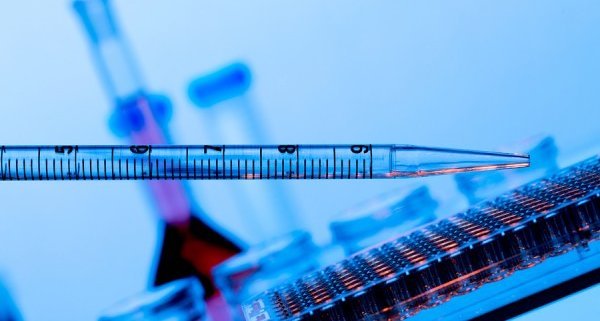

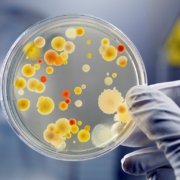

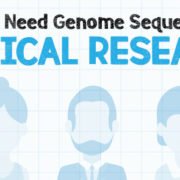
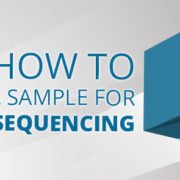
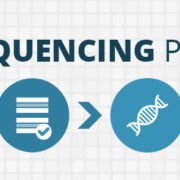


Leave a Reply
Want to join the discussion?Feel free to contribute!